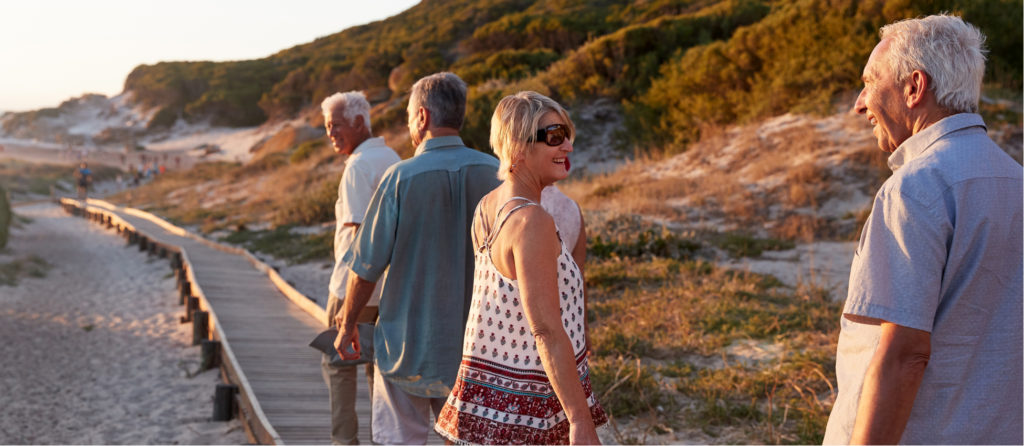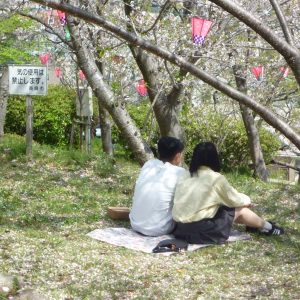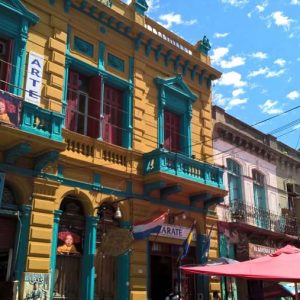Often overlooked as a holiday destination in favour of its livelier Mediterranean cousins, the Cypriot city of Larnaca is finally coming into its own.
“Whatever will she do with little Cyprus?”, asked a musical hall song in the 1870s when Queen Victoria added the Mediterranean island to her colony portfolio, to the bemusement of many.
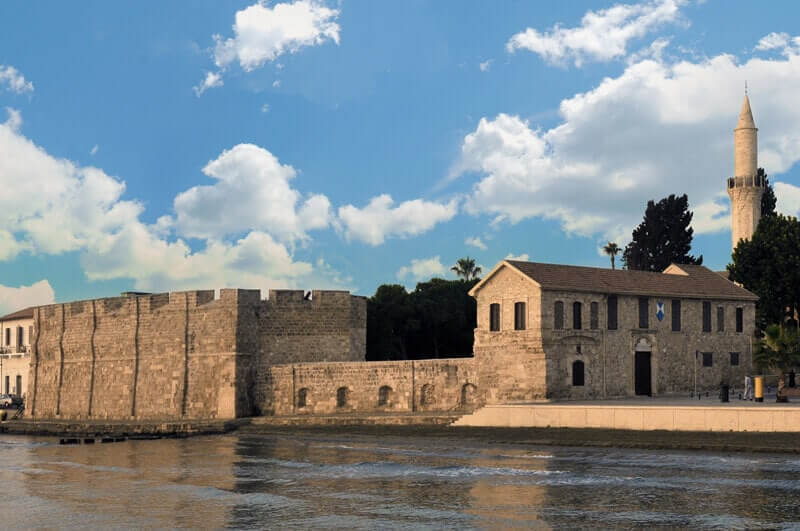 A Crown colony until 1960, these days Cyprus is popular with the British as a holiday destination thanks to a great climate, good beaches and affordable package prices. Yet the southern port town of Larnaca has never attracted the mass tourism enjoyed by the picturesque resorts of Pathos and Limassol or lively Ayia Napa.
A Crown colony until 1960, these days Cyprus is popular with the British as a holiday destination thanks to a great climate, good beaches and affordable package prices. Yet the southern port town of Larnaca has never attracted the mass tourism enjoyed by the picturesque resorts of Pathos and Limassol or lively Ayia Napa.
But now sleepy Larnaca is coming into its own with stylish boutique hotels, restaurants and interesting agritourist experiences. With historic squares, a lovely continental style promenade and salt lakes, Larnaca is set to take its place on the Mediterranean holiday map. And with a fraction of the visitors who flock to other resorts in the region, there is plenty of space for everyone.
Dive in
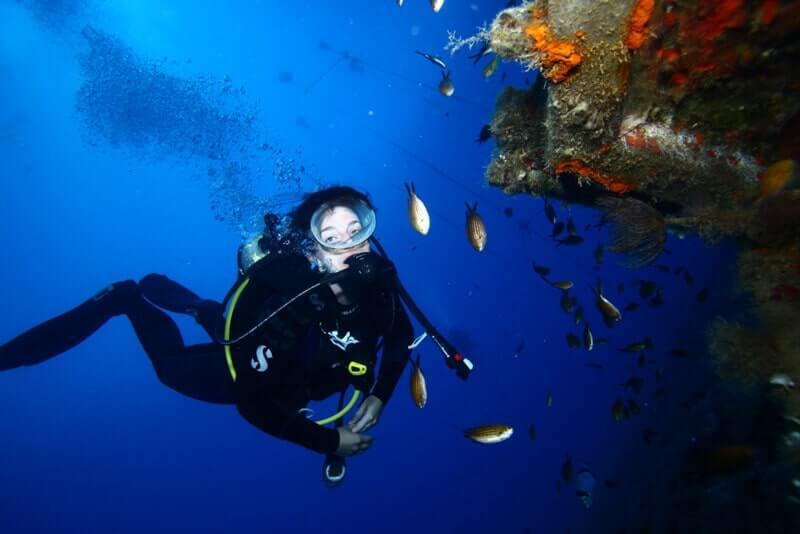 Larnaca has always had its following with the scuba diving fraternity thanks to the famous shipwreck MS Zenobia. The Swedish roll on roll off ferry sank here in 1980 on her maiden voyage and now rests on her port side with her cargo of trucks, trailers and cars. I came as a dive widow as my husband and his dive buddies go deep to swim around the wreck spotting barracuda, turtles and trumpet fish.
Larnaca has always had its following with the scuba diving fraternity thanks to the famous shipwreck MS Zenobia. The Swedish roll on roll off ferry sank here in 1980 on her maiden voyage and now rests on her port side with her cargo of trucks, trailers and cars. I came as a dive widow as my husband and his dive buddies go deep to swim around the wreck spotting barracuda, turtles and trumpet fish.
There is plenty to see above the water and the city is compact enough to explore in a day, leaving plenty of time for coffee and cocktail stops.
Churches and forts
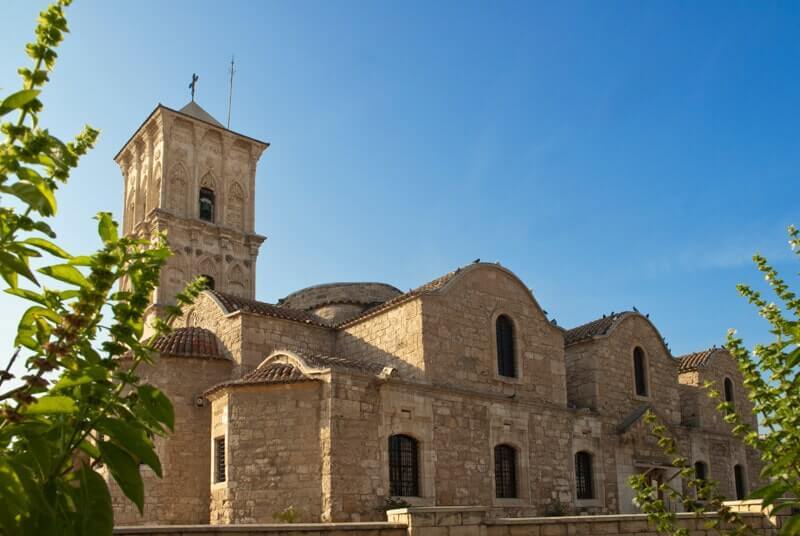 My favourite spot is outside the 9th century church of St Lazarus, built on the tomb of the man Jesus is said to have raised from the dead. Inside there are beautiful carved seats and sparkling bejewelled icons with a small Byzantine museum behind the church. After admiring the artefacts, it is time for a coffee and sticky Cypriot cake in a shady cafe in the square before exploring the old fort built in the Middle Ages which overlooks the sea.
My favourite spot is outside the 9th century church of St Lazarus, built on the tomb of the man Jesus is said to have raised from the dead. Inside there are beautiful carved seats and sparkling bejewelled icons with a small Byzantine museum behind the church. After admiring the artefacts, it is time for a coffee and sticky Cypriot cake in a shady cafe in the square before exploring the old fort built in the Middle Ages which overlooks the sea.
Shopping
Narrow streets shoot off Lazarus square into a maze of alleyways full of shops selling jewellery, basketwork and mouth-watering local honeys and pastries. The main shopping street has some tatty High Street stores but swing away from there and you are rewarded with pretty cool squares with small galleries and museums. The marina is currently part of a 2 billion Euro development. This will regenerate the city but it is unlikely that Larnaca will lose its low-key charm.
Accommodation
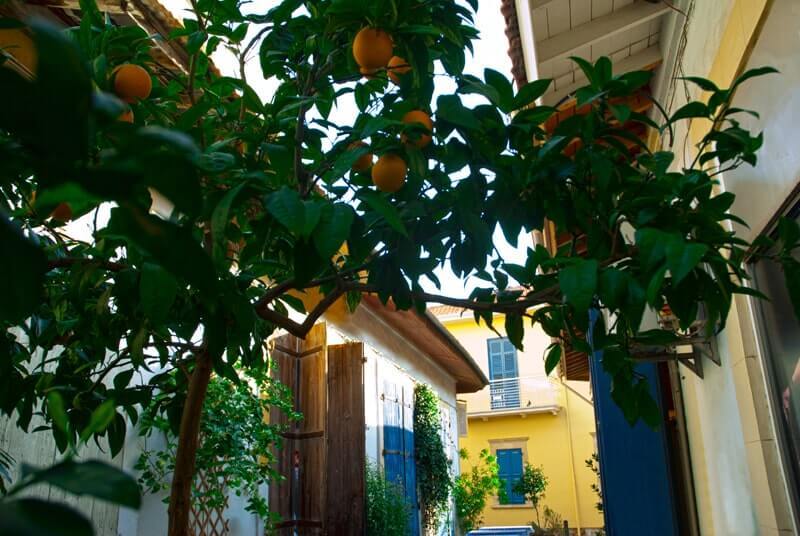 Larnaca has some affordable beach hotels and apartments, but one finds small, charming hotels cropping up all over. I popped into the new Hotel Indigo behind the church of St Lazarus in the old quarter. Once occupied by a pair of 18th century townhouses, the property is rich in locally influenced design and a vibrant colour palette, in keeping with the Indigo brand (part of the IHG group). The icing on the cake is pure white roof terrace with pool, sunbeds and parasols and a pool bar. The views from here over Larnaca are stunning.
Larnaca has some affordable beach hotels and apartments, but one finds small, charming hotels cropping up all over. I popped into the new Hotel Indigo behind the church of St Lazarus in the old quarter. Once occupied by a pair of 18th century townhouses, the property is rich in locally influenced design and a vibrant colour palette, in keeping with the Indigo brand (part of the IHG group). The icing on the cake is pure white roof terrace with pool, sunbeds and parasols and a pool bar. The views from here over Larnaca are stunning.
Beaches
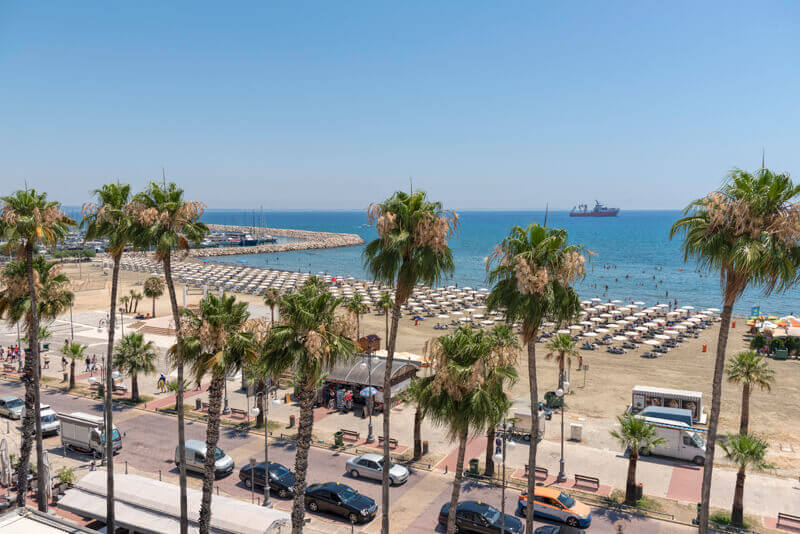 Foinikoudes Beach has a long Continental style palm-lined promenade great for sunbathing and swimming. This is my favourite place for an early morning stroll or early evening cocktail at the Beach Bar on the sand. McKenzie Beach is smaller but the sand is golden and clean. Sunbeds and parasols can be hired. Safe and well supervised, the beaches are perfect for families but never seem to get too busy or noisy.
Foinikoudes Beach has a long Continental style palm-lined promenade great for sunbathing and swimming. This is my favourite place for an early morning stroll or early evening cocktail at the Beach Bar on the sand. McKenzie Beach is smaller but the sand is golden and clean. Sunbeds and parasols can be hired. Safe and well supervised, the beaches are perfect for families but never seem to get too busy or noisy.
Dine out
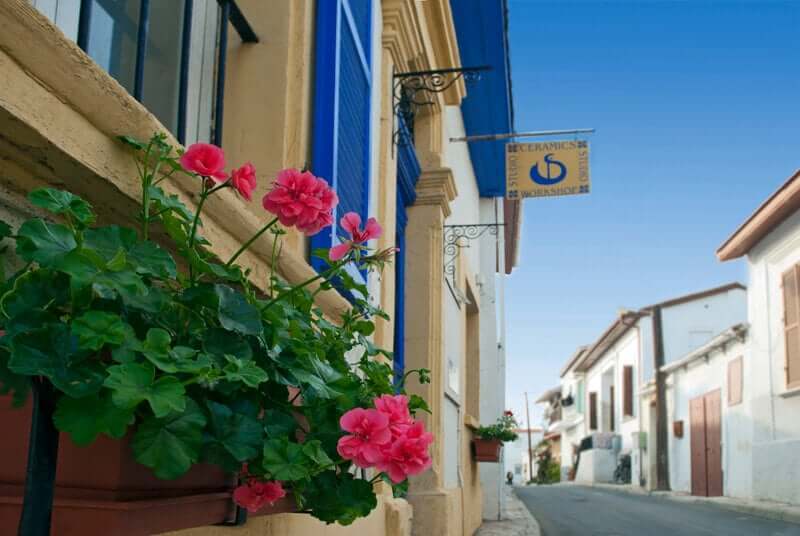 Larnaca has the ubiquitous Pizza Hut and McDonald’s on the main strip, but you don’t have to look far to find some authentic restaurants. Many serve meze, a steady stream of up to 20 different dishes. But you can also enjoy octopus and other fresh fish simply grilled. My favourite places to eat overlook the sea on the terraces on the new Piale Pasha walkway just near the old fort.
Larnaca has the ubiquitous Pizza Hut and McDonald’s on the main strip, but you don’t have to look far to find some authentic restaurants. Many serve meze, a steady stream of up to 20 different dishes. But you can also enjoy octopus and other fresh fish simply grilled. My favourite places to eat overlook the sea on the terraces on the new Piale Pasha walkway just near the old fort.
Out of town
Larnaca’s salt lake is the second largest in Cyprus, found a short drive southeast of the town. During the winter the lake fills with water and is home to thousands of flamingos from November to March. There is a 4km nature trail which leads to the old aqueduct of Kamares. Villages such as Lefkara which can be visited from Larnaca have a tradition of making delicate filigree silverware and lace. Accommodation is available in some of the old stone houses.
More information
British Airways, easyJet and Jet2 fly to Larnaca from London Heathrow and regional UK airports.
April, May and November are the best months to visit with temperatures between 20-25 Celsius.
